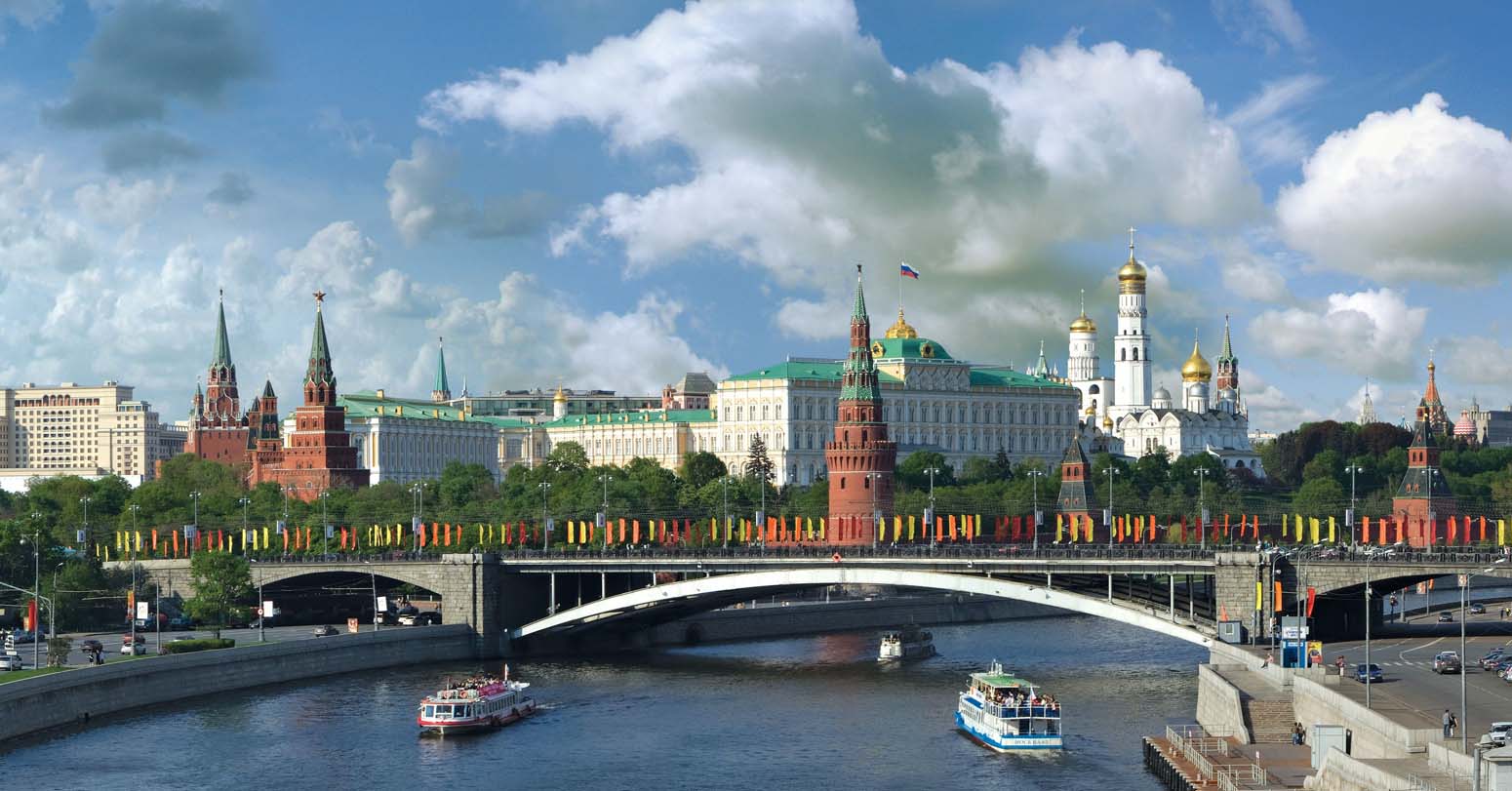The number of migrants lodging asylum applications in the EU has jumped 28 percent in the first half of this year compared to the same period last year, official figures released Tuesday showed.
Between January and the end of June this year, there were 519,000 such requests made in the 27-nation bloc and associated countries Switzerland and Norway, the European Union Agency for Asylum (EUAA) said.
That puts the EU on track to receive more than one million asylum-seekers this year -- the biggest number since 2015-2016 when it saw a huge influx, mainly Syrians fleeing the war in their country.
In 2015, the bloc received 1.35 million asylum requests, then in 2016 there were 1.25 million more applications. Numbers dropped in 2017 after the EU did a deal with Turkey to have it clamp down on irregular border crossings, and during the height of the Covid pandemic in 2020 and 2021 when travel restrictions were in place.
Numbers have since rebounded, with 2022 seeing a 53-percent rise in applications, putting many EU countries "under pressure," the EUAA said.
Accommodation and support is already stretched thin in many cases as several EU countries are hosting four million Ukrainian refugees who benefit from a protection status separate from asylum because of Russia's war on their country.
Syrians and Afghans account for nearly a quarter of asylum applications received so far this year. The next main nationalities seeking protection in Europe are those from Venezuela, Turkey, Colombia, Bangladesh and Pakistan.
Germany, which took in most of the Syrian refugees in 2015-2016, continues to be the top EU destination for asylum-seekers, principally those from Syria and Afghanistan. Germany received 62 percent of all asylum applications by Syrians in the EU in the first half of 2023.
Spain was the main destination for Venezuelan asylum-seekers, who tended to be granted humanitarian visas rather than asylum status where their cases warranted protection.
Overall, 41 percent of applicants received either refugee status or another form of protection allowing them to stay, but there were very different outcomes associated with different nationalities.
Syrians and Afghans, with conflict and repression at home, were more likely to get such status, while Turks were more likely to be rejected.
The EUAA said the numbers of Russians and Iranians being granted protection in Europe has increased compared to recent previous years.
-AFP



















Comprehensive Data Protection Law Critically
Gender Differences In Mental Healthcare
Messi Wins Best FIFA Men’s
Erosion of Democracy
Fly Dubai Catches Fire in
“Complexities of the South Asian